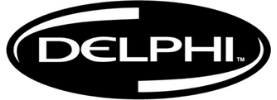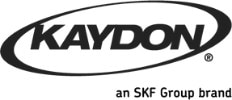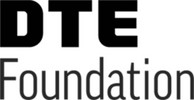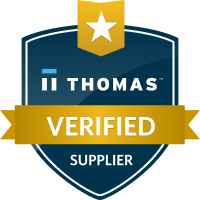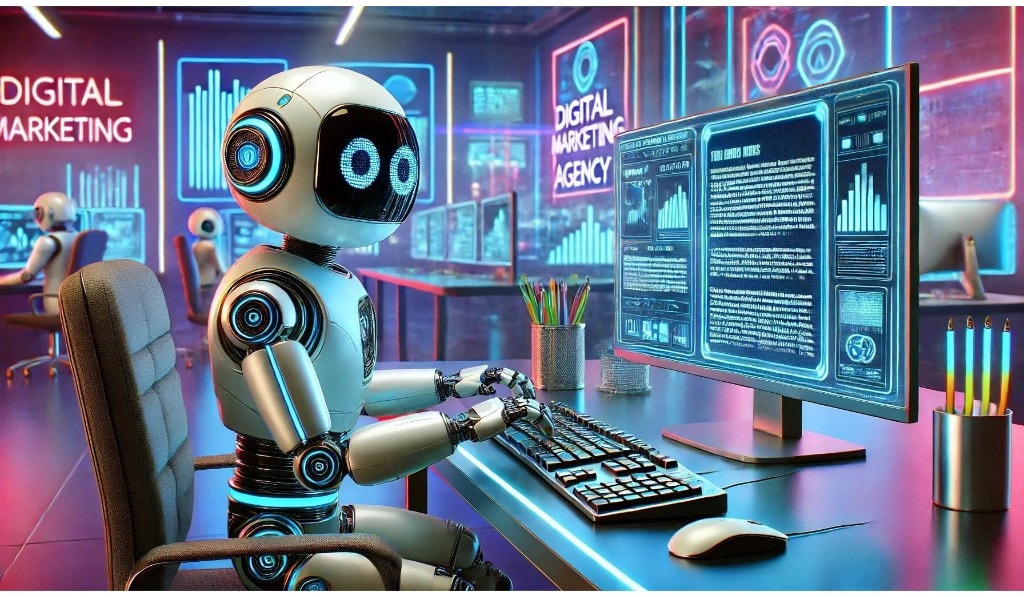
Content Optimization: AI SEO Strategies and Tips
The world of search engine optimization (SEO) is evolving rapidly, driven by advancements in artificial intelligence (AI). Traditional SEO content optimization methods, which rely heavily on keywords and basic contextual understanding, are no longer sufficient in an era where AI-powered search engines are becoming more sophisticated. As we move into this new phase of SEO, businesses need to understand and adopt generative AI optimization (GAIO) to stay ahead.
The Evolution of AI in Search for Content Optimization
Search engines have come a long way from simple keyword matching. The introduction of AI, particularly with models like Google’s BERT (Bidirectional Encoder Representations from Transformers), marked a significant leap in search technology. BERT, launched in 2018, uses natural language processing to understand the context and nuances of search queries, allowing it to deliver more accurate results. For example, BERT can distinguish between different meanings of the word ‘bank’ based on the surrounding words, ensuring that users receive relevant information.
However, BERT was just the beginning. The next significant advancement in AI for search is the concept of retrieval augmented generation (RAG). RAG combines retrieval and generation models, enabling it to extract relevant information from vast databases and generate contextually accurate responses. This ability to fetch real-time information and integrate it into search results is a game-changer, allowing users to receive up-to-date answers even about recent events.
The Emergence of Generative AI Content Optimization (GAIO)
With the advent of generative AI models, search engines are no longer just tools for retrieving information—they are becoming conversational partners. Generative AI models like ChatGPT, Gemini, and Perplexity are transforming the way users interact with search engines. Instead of simply inputting keywords, users are now engaging in more complex, natural language queries.
This shift necessitates a new approach to SEO: generative AI optimization (GAIO). GAIO involves content optimization so that it not only ranks well in traditional search engines but also appears in AI-generated search results. These generative models require content that is clear, contextually rich, and written in a natural, conversational style.
Integrating GAIO with Traditional Content Optimization
For businesses, the challenge is to integrate GAIO with their existing SEO strategies. While traditional SEO will remain important—especially since AI models like RAG still rely on top-ranking content to generate responses—there are new considerations to take into account. Here are three key steps businesses can take to optimize for both traditional SEO and GAIO:
1. Focus on Context
To appear in AI-generated search results, your content must answer users’ questions in context. This means understanding the user’s intent behind the query and ensuring that your content addresses it comprehensively. Rather than focusing solely on keywords, consider the broader context in which those keywords are used and how they relate to the user’s overall question.
2. Stay Current
AI models are increasingly able to pull in real-time information, so it’s essential that your content is up to date. Regularly review and update non-evergreen content to ensure it reflects the latest information. This not only improves your chances of appearing in AI-generated results but also keeps your content relevant for traditional SEO.
3. Optimize for Natural Language
AI models are designed to understand and generate natural language, so your content should be written in a way that mirrors this. Avoid overly complex language or jargon that could confuse both the AI and the user. Tools like the Flesch-Kincaid readability test can help ensure your content is accessible and easy to understand.
Practical Tips for Content Optimization with GAIO in Your SEO Strategy
As generative AI continues to transform the SEO landscape, businesses need to adapt by integrating GAIO into their existing strategies. Here are some actionable tips to help you get started:
1. Leverage AI-Powered Content Tools
Use AI tools like GPT-based content generators to help create content that resonates with the conversational nature of generative AI models. These tools can assist in crafting content that is both informative and naturally engaging. Tools like Jasper or Copy.ai can be particularly helpful in generating content ideas or refining your language to match the tone required by GAIO.
2. Conduct Intent-Based Keyword Research
Move beyond traditional keyword research by focusing on user intent. Tools like Google’s Keyword Planner, SEMrush, or Ahrefs can help identify the questions and phrases users are searching for. Prioritize long-tail keywords and phrases that align with natural language queries. This will help your content optimization perform well in both traditional and AI-driven search engines.
3. Content Optimization for Conversational Queries
Reframe your content to answer specific questions in a conversational tone. Structure your content to include FAQs, how-to guides, or conversational blog posts that directly address common user queries. Use headings and subheadings that reflect natural language queries. For example, instead of using “SEO Tips,” you might use “How Can I Improve My SEO Strategy?”
4. Update Content Regularly
Regularly review and update your content to ensure it remains current and relevant. AI models prioritize up-to-date information, so ensure your content reflects the latest trends and data. Create a content calendar to plan updates for non-evergreen content, such as news articles, industry updates, or case studies.
5. Use Schema Markup for Content Optimization
Implement schema markup to help search engines understand your content optimization better. Rich snippets generated through schema can make your content more appealing in both traditional and AI-driven search results. Focus on adding schema for FAQs, how-tos, and other structured data that can enhance the visibility of your content in AI-generated answers.
6. Monitor AI-Generated Results
Keep an eye on how your content performs in AI-driven search environments. Tools like Google Search Console and Bing Webmaster Tools can provide insights into how your content is being presented and where you might need to optimize further. Pay attention to emerging AI platforms and consider experimenting with your content’s visibility on them, such as optimizing for ChatGPT plugins or other AI-based search tools.
By implementing these practical tips, you can effectively integrate GAIO with content optimization into your existing SEO strategy, ensuring your content remains relevant and accessible in the ever-evolving search landscape. As you continue to adapt to the advancements in AI-driven search, remember that staying proactive and flexible in your approach will be key to maintaining your visibility and competitive edge. With these foundational steps in place, you’re well-positioned to explore the next steps in SEO’s future.
The Future of Search and Content Optimization
As AI continues to evolve, so too will the landscape of SEO. The integration of AI models like RAG and the increasing use of generative AI in search engines mean that businesses need to be proactive in adapting their SEO strategies. By combining traditional SEO with GAIO, businesses can ensure that their content remains visible and relevant, regardless of how search technology evolves.
The future of search is one where AI and SEO are inextricably linked. As search engines become more sophisticated, the importance of producing timely, relevant, and contextually rich content will only grow. By embracing GAIO and integrating it with traditional SEO practices, businesses can position themselves at the forefront of this new era in search technology.
The Next Steps in Content Optimization Future
In conclusion, the integration of generative AI into search engines represents a significant shift in how SEO is approached. While traditional SEO practices remain important, the rise of GAIO presents new opportunities and challenges for businesses. By focusing on context, staying current, and optimizing for natural language, businesses can ensure that their content is not only relevant for today’s search engines but also for the AI-driven search engines of tomorrow.
The future of SEO is here, and it’s powered by AI. As AI continues to shape the way users search for information, businesses that adapt to these changes will be best positioned to succeed. Embrace the future of search by integrating GAIO into your SEO strategy today.
Stay Ahead of Competitors with AI-Driven Marketing
The future of marketing is here, and it’s powered by AI.
Are you ready to lead the charge?
Learn how SmartFinds Marketing can transform your marketing strategy and drive unprecedented growth for your business.
Schedule a meeting with our consultant Alex to get started today.
Author: Melih Oztalay








